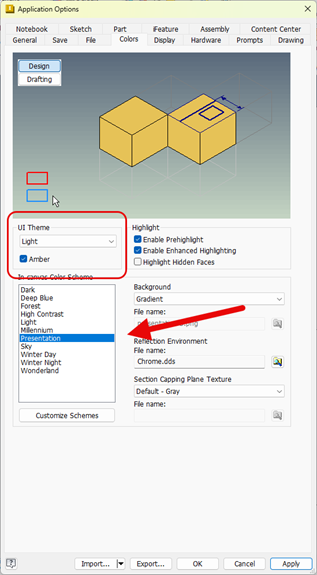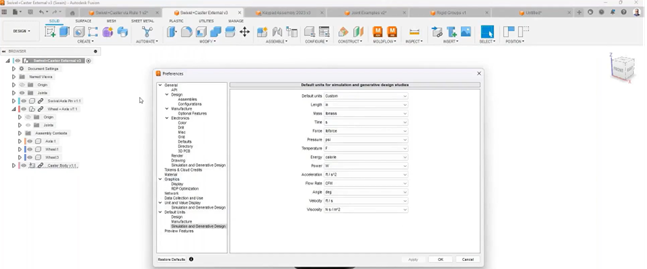
Today’s Civil 3D® update is brought to you by Surface Tables in XREFs. Yes, you read that correctly—surface tables have an issue. While this is more of an exception than the rule, it’s worth noting. We first encountered the problem back in Civil 3D 2022. After searching the forums, we found other users experiencing the same issue, and we now have a solution to share.
To set the stage, most people in the Civil world are familiar with external references (XREFs) and how they're used as ways to display specific content on a given sheet. For example, an environmental plan might show a surface analysis with a table. Here’s a typical workflow that demonstrates the issue:
- Create a surface named EG in a 3d file we will call 3D-EG.dwg.
- Setup a Civil 3D Project and create a data shortcut for the EG surface.
- Data reference EG into our base file, call it R-Enviro.dwg.
- Apply an analysis to that surface and then use a surface style and table to show that analysis. Save R-Enviro.dwg.
- XREF R-Enviro.dwg into model space of a sheet file, called F-Enviro.dwg which has layouts already configured for our typical sheets.
- Create a viewport of our surface and table on a layout
- Do a quick plot preview before printing. Everything looks right except the color swatches are missing?!?

Not sure what to think, you exit the plot preview only to see that the swatches are visible on your layout.

What in the Civil 3D world is happening? It turns out to be a layer issue—but not one related to the layers defined in your table style. Inspecting the table style shows that layers were chosen for each component, and all those layers are thawed and turned on. The plot preview itself is the indicator of the issue. Since the preview hides the swatches, we need to identify which layer is set not to plot.
Odd, the non-plotting layer in this drawing is a layer used for drafting notes, etc. When the XREF was initially attached, that layer happened to be current. The user later realized the mistake and re-layered the XREF to the appropriate layer, 0-XREF in our workflow. However, the plot preview still failed to display the color swatches.
It wasn’t until we detached and re-attached the XREF —this time with a plotting layer set current—that the swatches appeared in the plot preview. For reasons unknown, the technical detail here is that the color swatches of a table within an XREF are placed on the current layer of the destination file. This behavior is similar to how objects on layer zero within a block adopt the block’s layer properties. Since the swatches are assigned to the current layer at the time of attachment, moving the XREF to a new layer does not reset that assignment.
The takeaway? Always make sure the appropriate layer is current before attaching an XREF. Who knows what other components in object, label, or table styles might be affected?
We’ve confirmed this issue in Civil 3D versions 2022–2026. We haven’t tested earlier versions—but honestly, who’s still running anything older than 2022?
At Hagerman & Company, we help solve tricky Civil 3D challenges like this every day. Whether it’s troubleshooting unexpected issues, optimizing your workflows, or providing training and support, our experts can help you get the most out of your Autodesk software.
Learn more about our Civil 3D training here.




Comments